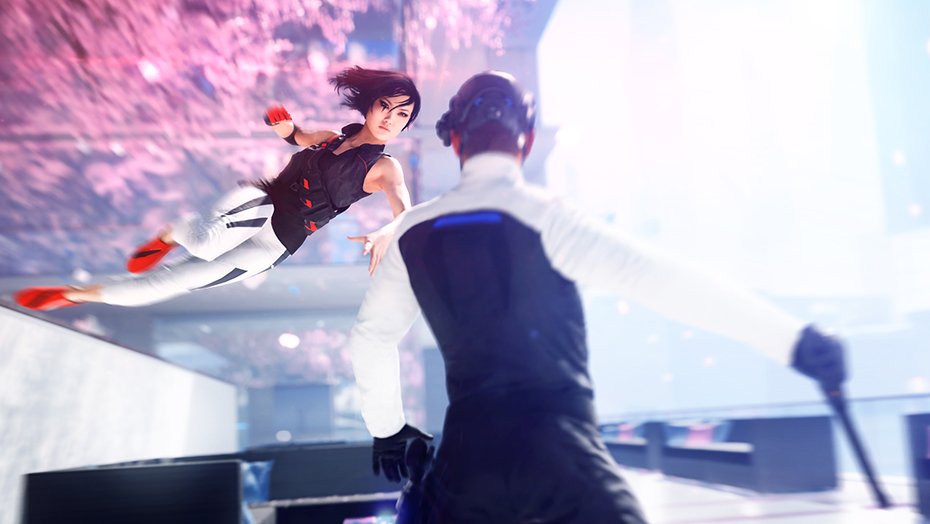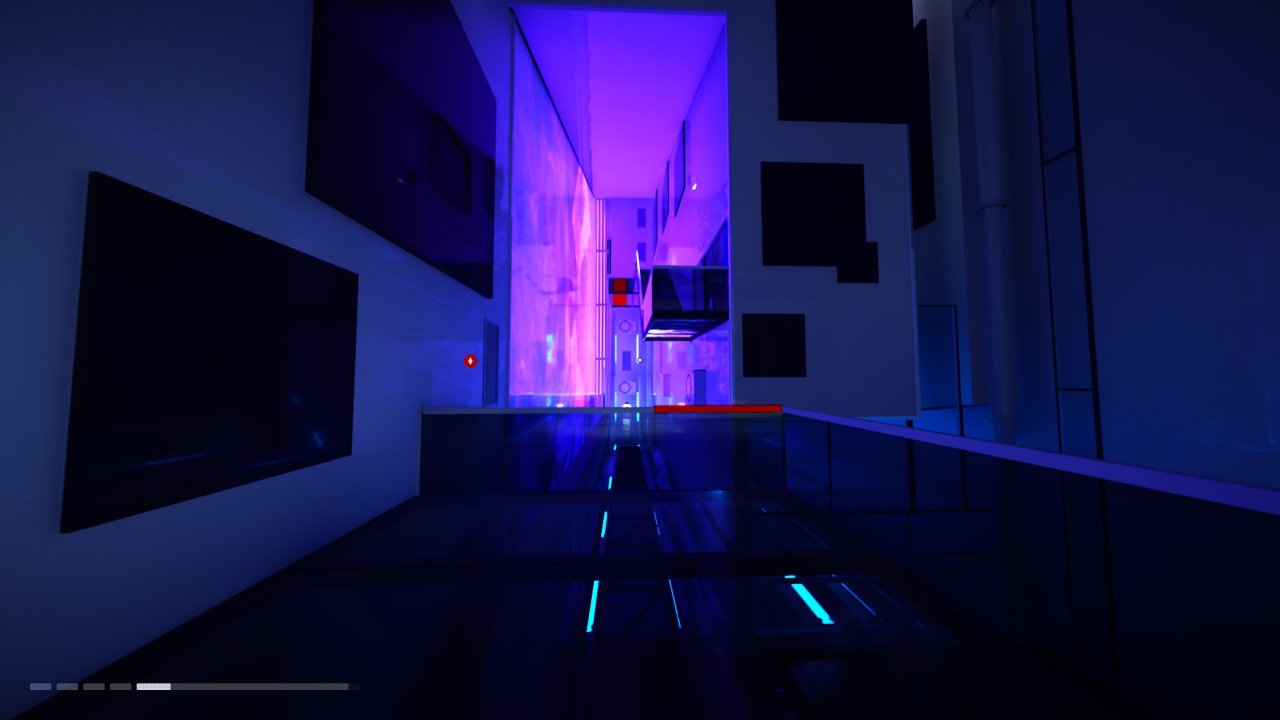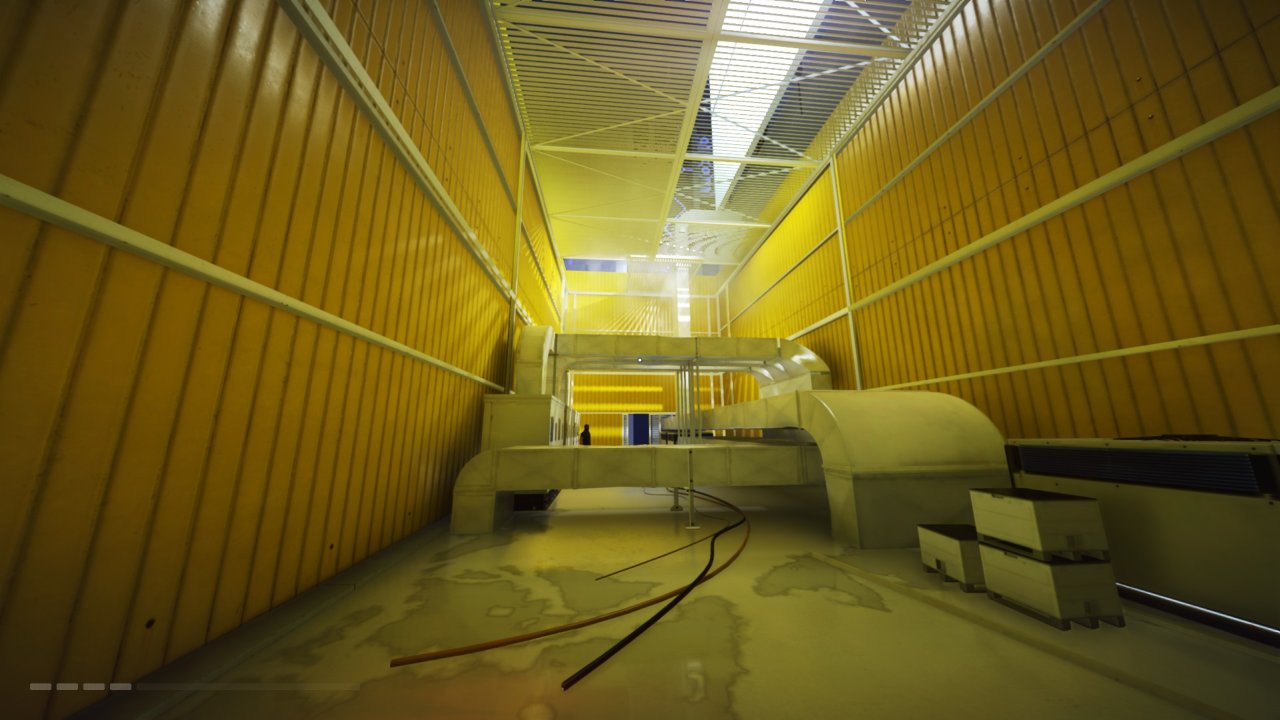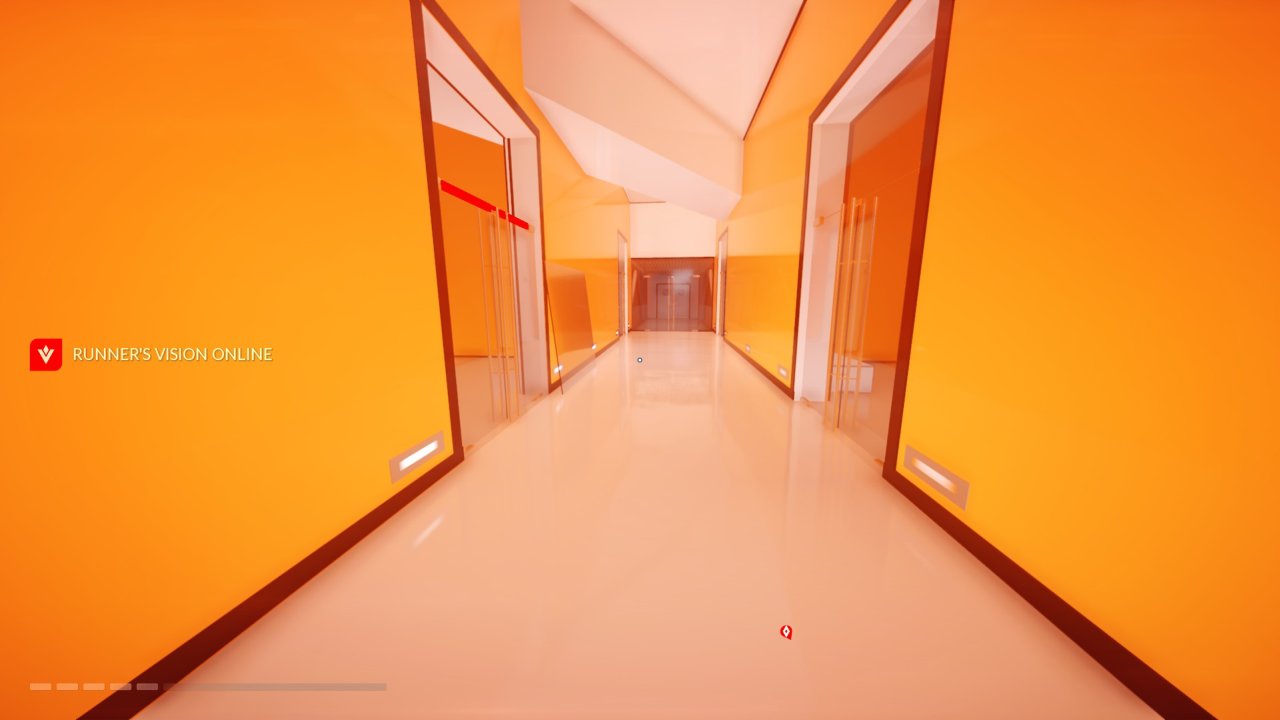Mirror's Edge Catalyst Review
Strong core mechanics foster faith in this otherwise sterile sequel
Mirror's Edge Catalyst feels like it stems from the game development rhetoric that was common five years ago. If you can possibly find a way to make your franchise open world, do it! Batman did it! Far Cry did it! People liked that! Let’s try it for ourselves! In the years since, the appeal and novelty of the ‘open world’ has wavered as homogenous non-linear action games with a mishmash of half-baked ideas have flooded the market. EA have largely avoided this scene with key franchises remaining multiplayer or role-playing focused. This changes with Mirror's Edge Catalyst, which sees the franchise transition into an open world bereft of any original ideas. While it does survive the transition thanks to fluid free running and a unique combat model, there really aren’t many remarkable elements to set it apart from the crowd.

Rather than build on the narrative of the original Mirror's Edge, which let’s be honest no one probably remembers, Catalyst is a sort of fresh start. Faith, the returning protagonist, starts the game by getting released from juvenile detention. From there, she meets up with her old pals who make a living by sprinting across roof-tops delivering messages or items which the Orwellian government, KrugerSec, have deemed illegal. The story in Catalyst is both uninteresting and poorly told, and you will struggle to care about or understand what exactly is going on as you sprint around, occasionally booting someone in the back of the head. The cutscenes are fairly few in number and can be skipped, though if you were hoping for an engaging tale to give weight and context to the gameplay, you will not find one here.
Fortunately, the gameplay measures up much better. Even though the novelty of first-person parkour isn’t quite what it was in 2009, the free running in Catalyst is fluid and refreshing, at least for a while. Pressing forward causes Faith to start running, increasing in speed the longer you continue. Maintaining this momentum is the crux of the free-running, and doing so requires you to hit jumps and landings with good timing. There are enough types of obstacles that you’ll need to be both observant and have good reaction times to retain your speed. The sound of wind, footsteps and motion blur all contribute to the feeling of inertia when you do everything right, and chaining together perfectly executed maneuvers is satisfying and exhilarating just as it was seven years ago.
I feared with the transition to an open world, my biggest issue with the original Mirror's Edge would be magnified: not knowing where to go. The first game highlighted in red objects you need to jump on/over to mark the correct path, but they were scattered enough that it was easy to become confused about where you were supposed to go next. The sequel thankfully resolves this issue with something called ‘runner vision’ that equates to a pulsating red line that shows you the direction you need to go in, as well as highlighting certain objects with red. While the default setting that shows this red line at all times felt a bit too obvious, setting runner vision to ‘classic’ retains the red object highlighting while letting you press a button to temporarily bring back the red line for extra guidance; this felt like a good compromise.

It is clear that the open world was designed with these runner-vision paths in mind. The world isn’t really all that open, it is more a series of interconnected linear running paths that you will sprint back and forth on. Even though you end up running back and forth on these same paths multiple times, there is something satisfying about dashing through a known route in record time, nailing every jump and landing. The story missions take you to separate areas that often involve slower, trickier platforming, so I enjoyed the moments when I could belt across the entire map without slowing down. Even though you can unlock fast-travel points in each zone, I almost never used them.
Unfortunately, this is where the upside of the open world ends. Side activities in the City of Glass are consistently underwhelming. Apart from a handful of side missions connected to the story that are a bit more fleshed out, most simply have you running from one place to another, either trying to beat a clock or set a good time. Those with time limits offer a binary pass/fail state and the times can be challenging to beat; often I would fail with the finish line just a few steps away. With each failure, you must endure a fairly lengthy loading screen before you can try again. Even worse are the collectibles scattered about the city; most of these require you to stop in your tracks and pick something up, killing your momentum. I usually just sprinted past; the rewards for picking up collectibles are simply too small.
While there is no multiplayer mode, you can compete for leaderboard times in the races that are scattered around the map. You can also create custom courses by laying down a start, finish and checkpoint. I generally had a bad time attempting races designed by other random players since they typically lack the flow and consistency of those designed by the developers, though if you have a few friends playing a game it might be fun trying to create tricky courses to trip each other up.

Side activities and collectibles are all done in service of experience points which can be used to unlock upgrades for Faith. These include unlocking important free-running maneuvers, such as doing a roll when landing from a high drop or doing certain types of wall jumps, and also upgrades that let you vault over or slide under objects without losing momentum. Upgrade points can also be used to improve Faith’s combat abilities.
Combat in Catalyst is a good improvement over the original Mirror's Edge. You can no longer steal enemy weapons; you must rely on your fists and feet when incapacitating enemies. While it is possible to stand in front of an enemy and dodge their attacks and punch them to unconsciousness, you are better off using the environment to carry momentum into your kicks and punches. Faith can end any parkour maneuver with a punch or kick, and the more momentum you have going into it, the more damage it will do. The best levels have a few enemies scattered around, giving you the option to engage or sprint past. Catalyst is at its best when it mixes parkour with light combat; sprinting by some enemies and booting others in the head as you run past while others shoot at you make for moments of badassery that feel unique to the game.
Things become problematic when you are forced to stay in one area and fight multiple enemies. There are several enemy types, and some are rather tough, taking multiple hits before going down. When you don’t have any momentum, the combat becomes slow and clunky as you repetitively dodge enemy attacks and punch or kick them from behind. It doesn’t help that the combat lacks any feeling of weight; guards are covered with body armor and connecting hits feels about as satisfying as boffing your friends with a cardboard tube. Fortunately these moments occur without too much frequency; most times when you are forced to fight, it is in areas with enough interesting terrain to let you run around and perform fun maneuvers.

The original Mirror's Edge was distinguishable not only for its free-running mechanics, but also for its striking aesthetic that mixed bright color with a gleaming, white and silver metropolitan environment. This visual style carries over to the sequel without any real changes. Apart from story missions that take place in distinct interiors, the visual style started to wear thin after a while, and I found myself wishing for more variety between districts. A day/night cycle serves to mix things up a bit, and there are certainly moments when the game can look quite striking, but this is not the best use of the Frostbite engine so far. The game does run very well however and bugs are rare. As mentioned previously, sound is used to great effect in enhancing the feeling of speed and momentum as you run around, though the low-key electronic soundtrack didn’t leave a lasting impression one way or the other.
I watched the credits roll on Catalyst after a dozen hours or so, and while this might sound brief by open world game standards, I felt like I’d have my fill given the relatively simple mechanics and was glad the game didn’t overstay its welcome. Even though Catalyst has a throwaway narrative and is extremely derivative in its design, it solves the biggest issues that the original game had by improving navigation and combat mechanics. If you enjoyed the original Mirror’s Edge and are itching for another dose of free-running action in a shiny, dystopian city, Catalyst will likely satisfy; even if it doesn’t surprise or blow you away.
 Comments
Comments




















